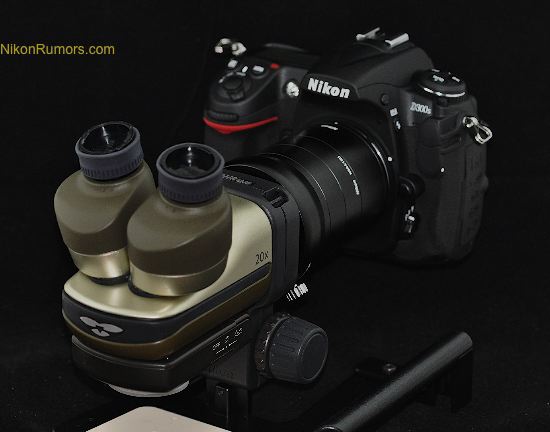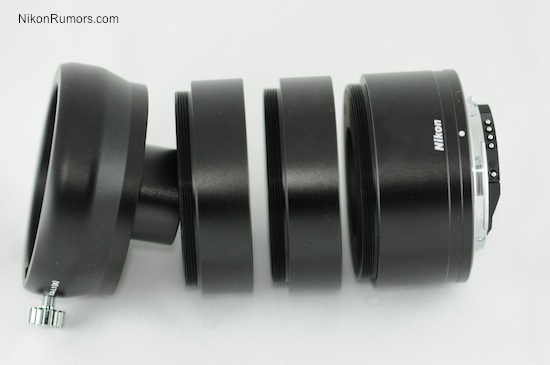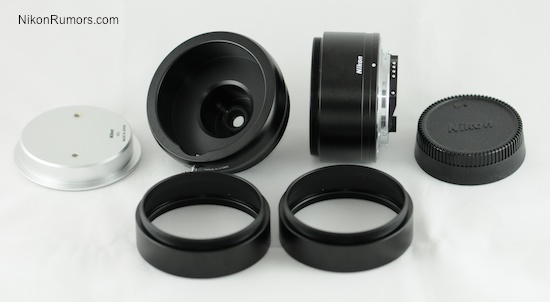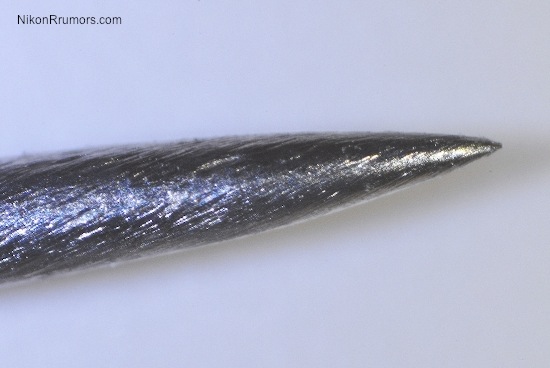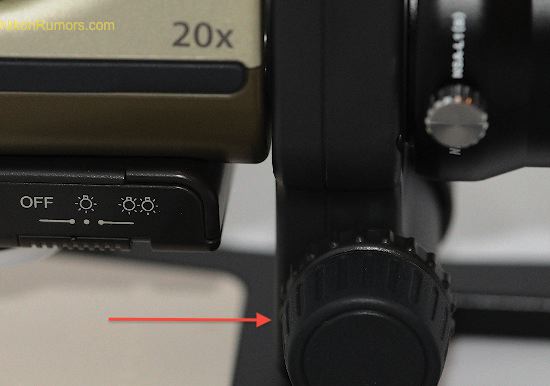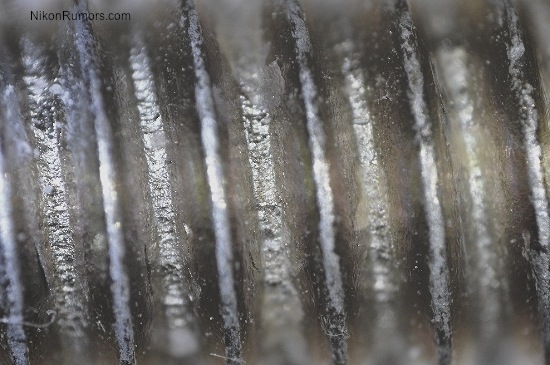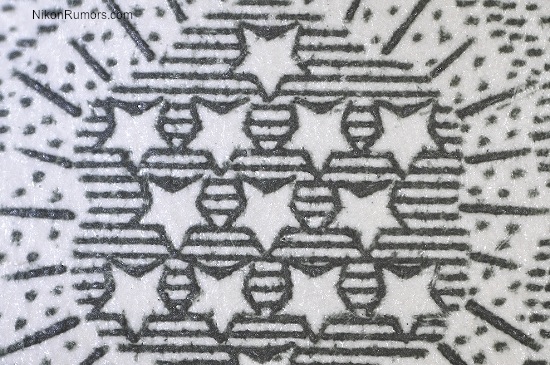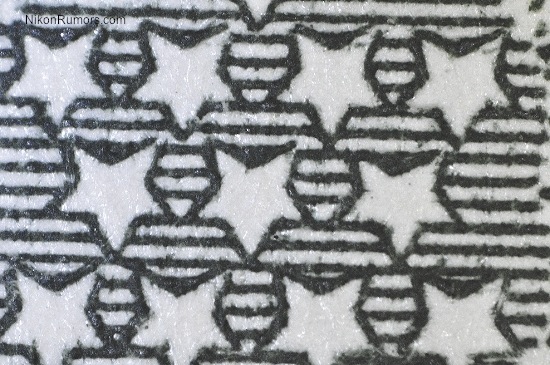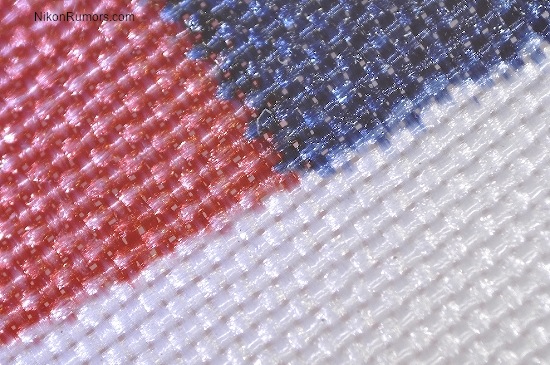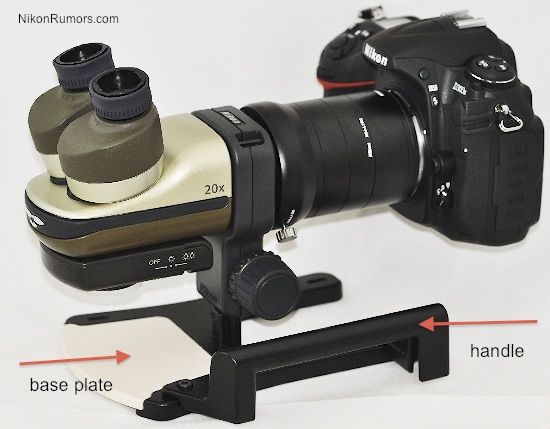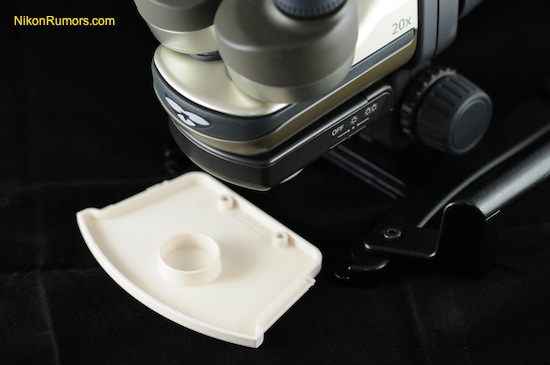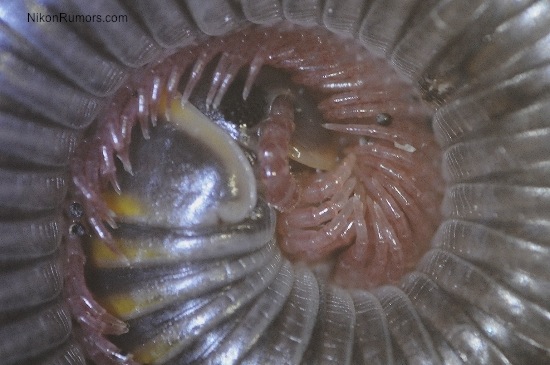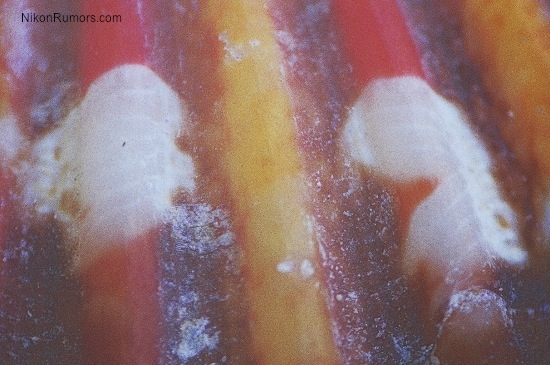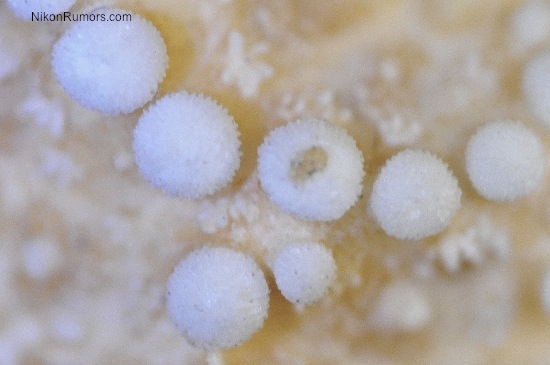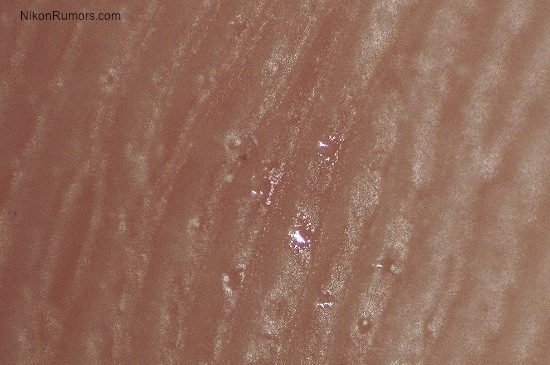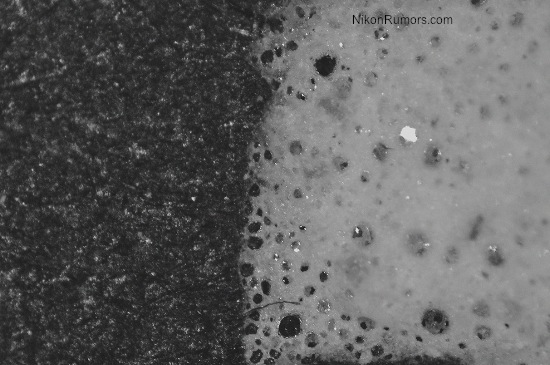I usually don’t do reviews, but when I do… I make sure it is something interesting and fun.
The Nikon Fabre Photo EX microscope was released back in February 2009 but unfortunately only for the Japanese market. If you are in Japan you can buy it from Amazon for less than US$1000 (including the DSLR adapter) but since Amazon Japan doesn’t ship to other countries (excepts books and CDs), I had to get mine from the JapanTrendShop.com (they will ship everywhere). In the US you can still get the older version which doesn’t have the option to attach it to a DSLR.
Full review after the jump:
First, I should mention that in my opinion this is not a “PRO” level product, but this doesn’t mean you cannot have fun with it. Why do I think so? The microscope is made out of plastic (the frame/stand is made out of aluminum) and there is some potential for vibration which could be a big draw back in photomicrography. The DSLR attachment piece on the other site is 100% metal (also aluminum), with a metal F mount:

Here is the original Nikon product diagram:
The worst part is that the DSLR attachment uses a screw to attach to the microscope and this doesn’t really work very well – the camera with the attachment can easily rotate around the ring, unless the screw is really tight:
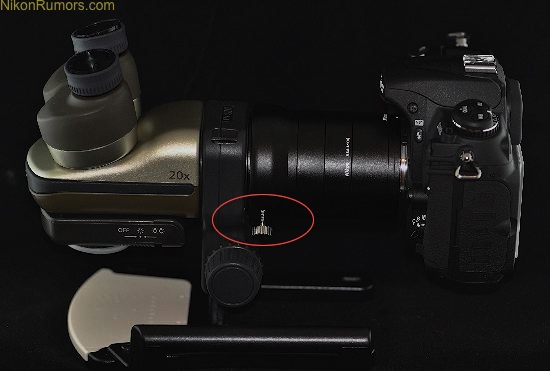
The DSLR attachment breaks down into three different pieces and allows you different levels of magnifications: x45, x56 and x66 for a DX format camera (x29, x37, x43 on a FX camera). Note that through the eyepiece the magnification is fixed to x20. Here are two pictures of the extension tubes:
Taking pictures through a microscope is a whole different game since your object cannot be bigger than 1.1cm (less than 1/2 inch). You have to really use your imagination in order to find things to shoot.
The whole package comes with a nice bag and straps that can be attached directly to the microscope (yes, you can carry it like a camera, on your shoulder if you dare):
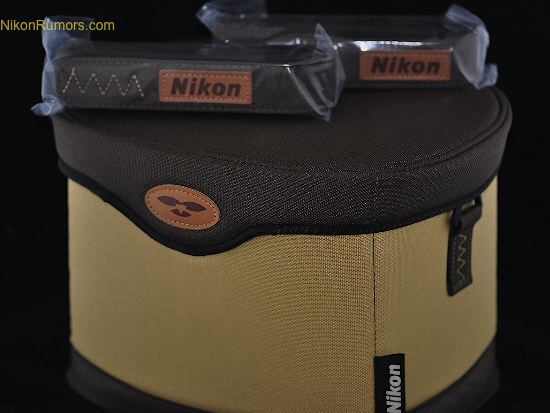
… and what kind of review will that be without showing the box:
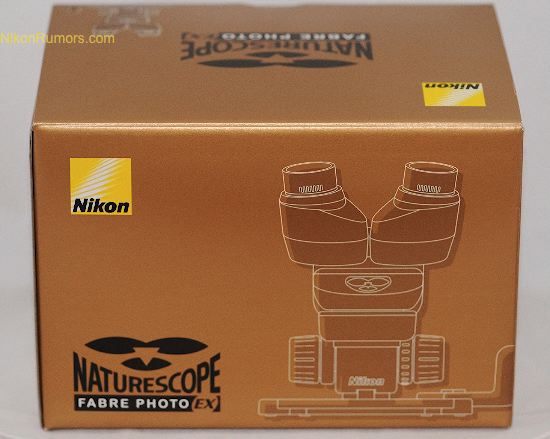
The Nikon Fabre-EX microscope uses one AA battery that powers two LEDs used to light up the object (one or both LEDs can be turned on with a selector):
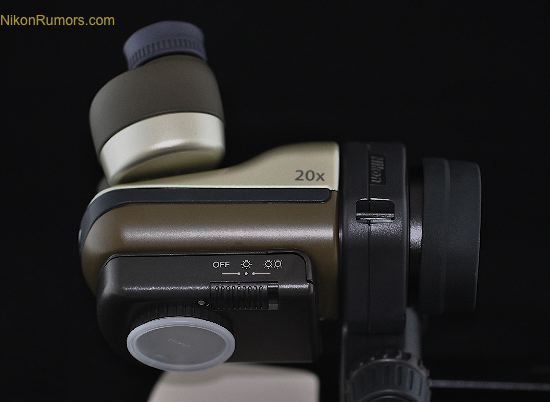
The LEDs are helpful, but they will create a reflection on the object if it has a shiny surface, like for example in this picture of a needle (x66 magnification):
In order to change the batteries, you just twist the bottom plate:
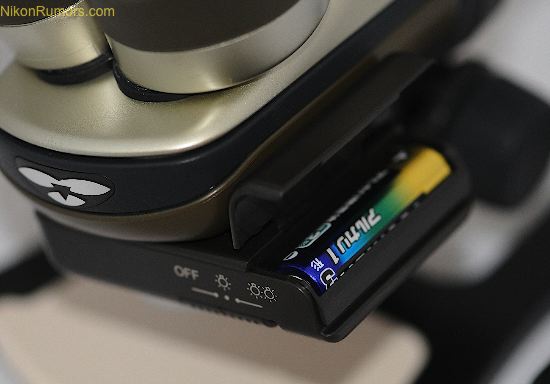
The eyepieces are adjustable/expandable (juts like a binocular) and have a diopter adjustment control:
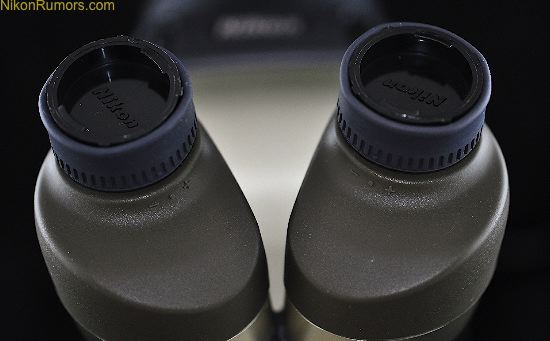
The Nikon NSA-L1 DSLR attachment comes with a fix aperture of f/13. The camera autofocus cannot be used while taking pictures, instead you have to change the distance between the object and the microscope lens by using the focus ring. The second wheel is used to tighten the focus ring (torque adjustment). I wish they used it for fine focus instead:
You can look through the eyepieces and take pictures at the same time, but in order to focus correctly, you should use live view (zoomed in) or tether you camera to a bigger screen since the magnification through the camera (x45, x56 and x66 for a DX) doesn’t match the magnification from the eyepiece (x20). The DOF is really shallow and if you are not shooting a flat object, parts of the image will be out of focus (no bugs were harm during the shooting and I have the video to prove it):
Here is another picture of a screw:
Flat objects are easier to focus on (coins):
Did I mention that this is the longest post ever on NikonRumors.com?
Here is an example of the different magnifications on a DX camera – achieved by adding/removing the tubes from the NSA-L1 DSLR attachment. The first picture is at x45 and the second one is at x66 (dollar bill):
Cable release is a must in order to reduce vibrations. I also experimented using external flash, but did not get good results maybe because my two SB-900 were too big and there is no easy way to point them to the object. The manual suggests using the Nikon SB-R200 remote speedlight which is much smaller and will fit better in the limited space between the object and the lens. The best solution would probably be some kind of a ring flash like this Sigma Flash Macro Ring EM-140 DG but you have to find a way to attach it around the lens.
Picture of an America flag and a 100% crop:
The base plate is reversible – flat on one site and with a small container on the other site which can be used for shooting in liquid (have not tried it yet). The microscope has also a convenient metal handle:
This is how the plate looks on the reversed side:
My other model – a millipede (both LEDs were on – you can see the reflection):
Oh, but wait, I now have a video in my DSLR and I think I just created a new word – videomicrography (also a proof that my “models” were not harmed). Note the movement/vibration of the frame as I am constantly changing the focus distance:
And some more photos – seashell:
Starfish:
NikonRumors logo – picture taken from the browser of my iPhone:
This is my finger sweating @ x66 magnification (yes, those are sweat pores and no, this is not my middle finger):
Stone:
Soap:
The bottom line
Is the Nikon Fabre Photo EX portable stereoscopic microscope fun? Absolutely! Is it worth buying? If you can think of 20 different objects you can shoot through a microscope in the next 2 minutes – YES, buy it! You can even try your luck in the Nikon Small World competition that is currently ongoing, even though I think most of the submissions there are done with a much more sophisticated equipment.
Disclosure: I did pay for the reviewed microscope using my own funds and I did not receive any financial benefit from Nikon for writing up this review. Some links on NikonRumors may be part of an affiliate program, a sponsor or an advertiser (I have to disclose all this for every online review according to the latest FTC guidelines).

